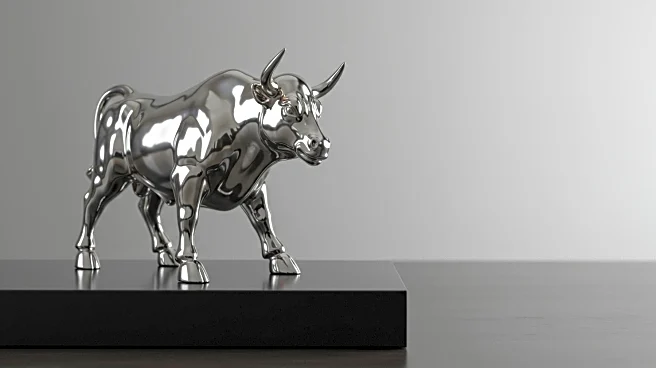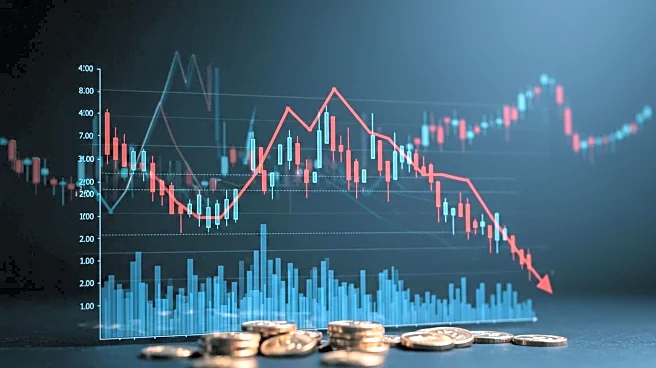Rapid Read • 8 min read
The self-healing materials market is experiencing significant growth, driven by advancements in smart polymers and bio-inspired innovations. These materials, which can autonomously repair damage, are being increasingly adopted across various industries, including construction, automotive, and electronics. Notable developments include 3M's new line of self-healing protective coatings for automotive and aerospace applications, and the University of Illinois' bio-inspired self-healing concrete aimed at improving sustainability in U.S. infrastructure projects. Companies like Dow Chemical, Covestro AG, and Huntsman International are leading the charge in this market, which is reshaping the competitive landscape with new technologies such as reversible polymers and microencapsulation.
AD
The expansion of the self-healing materials market holds significant implications for various sectors. In construction, these materials can enhance the durability and sustainability of infrastructure, potentially reducing maintenance costs and extending the lifespan of projects. In the automotive and aerospace industries, self-healing coatings improve safety and longevity, offering economic benefits and potentially reducing environmental impact. The electronics sector benefits from longer device lifespans and improved performance, which can lead to increased consumer satisfaction and reduced electronic waste. Overall, the adoption of self-healing materials could lead to cost savings, increased efficiency, and environmental benefits across multiple industries.
As the self-healing materials market continues to grow, further innovations and applications are expected. Companies may invest in research and development to enhance the capabilities of these materials, potentially leading to new products and applications. Regulatory environments may evolve to accommodate these advancements, influencing market trajectories. Geographic regions such as North America and Asia-Pacific are forecasted to experience strong growth, driven by increased demand and technological advancements. Stakeholders in the industry will likely focus on overcoming barriers such as cost and scalability to maximize the potential of self-healing materials.
The development of self-healing materials also raises ethical and environmental considerations. As these materials become more prevalent, questions about their long-term impact on ecosystems and waste management may arise. Additionally, the integration of bio-inspired technologies could lead to shifts in manufacturing practices, emphasizing sustainability and resource efficiency. The market's growth may also influence cultural perceptions of material durability and consumer expectations regarding product longevity.
AD
More Stories You Might Enjoy











